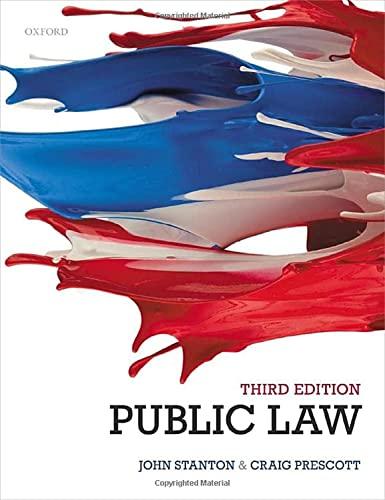

This is a problem solution of The Dyers v. Maine Drilling & Blasting Inc.
please and include the following;
Judgment:
Issue :
Holding:
General analysis:
Applied Analysis:
. Vera Dyer and her sons owned a Maine home believed to be more than 70 years old. The home had a cement foundation and floor. A stand-alone garage with a cement floor was constructed in the 1980s. In Sep- tember 2004, Maine Drilling & Blasting distributed a notice informing the Dyers that it would soon begin blasting rock near the home in connection with a con- struction project to replace a bridge and bridge access roads. The notice stated that Maine Drilling uses \"the most advanced technologies available . . . to measure the seismic effect to the area\" and assured the Dyers \"that ground vibrations associated with the blasting [would] not exceed the established limits that could potentially cause damage.\" As offered in the notice, Maine Drilling provided a pre-blast survey of the Dyer home. The survey report recorded the surveyor's observation of \"some concrete deterioration to [the] west wall\" and \"cracking to [the] concrete oor,\" and a slight tilt to a retaining wall behind the garage. Maine Drilling conducted more than 100 blasts between October 2004 and August 2005. The closest blast was approximately 100 feet from the Dyer home. Vera was inside the home for at least two of the blasts and felt the whole house shake. During other blasts, she was not in the home because Maine Drilling em- ployees advised her to go outside. In the early spring of 2005, the Dyers observed several changes from the pre-blasting condition of the home and the garage: (1) the center of the basement floor had dropped as much as three inches; (2) the center beam in the base- ment that supported part of the first oor was sagging, and as a result, the first floor itself was noticeably un- level; (3) there was a new crack between the basement oor and the cement pad that formed the foundation of the chimney in the basement; (4) new or enlarged cracks radiated out across the basement floor from the chimney foundation; and (5) cracks that had pre- viously existed in the garage floor were noticeably wider and more extensive. The Dyers also noticed that a owerbed retaining wall that helped to support the rear wall of the garage had moved demonstrably. The Dyers sued Maine Drilling in a Maine court. They alleged strict liability and negligence causes of action. Following completion of discovery, Maine Drilling moved for summary judgment. The court granted Maine Drilling summary judgment on the strict liability claim because Maine precedents indi- cated that blasting activities were to be governed by negligence principles rather than those of strict li- ability. The court also granted the defendant summary judgment on the negligence claim because, in the court's View, the Dyers had failed to establish the ele- ments of a negligence claim. The Dyers appealed to the Supreme Judicial Court of Maine. Did the lower court rule correctly on which set of legal principlesthose of negligence or, instead, those of strict liability should control the case











